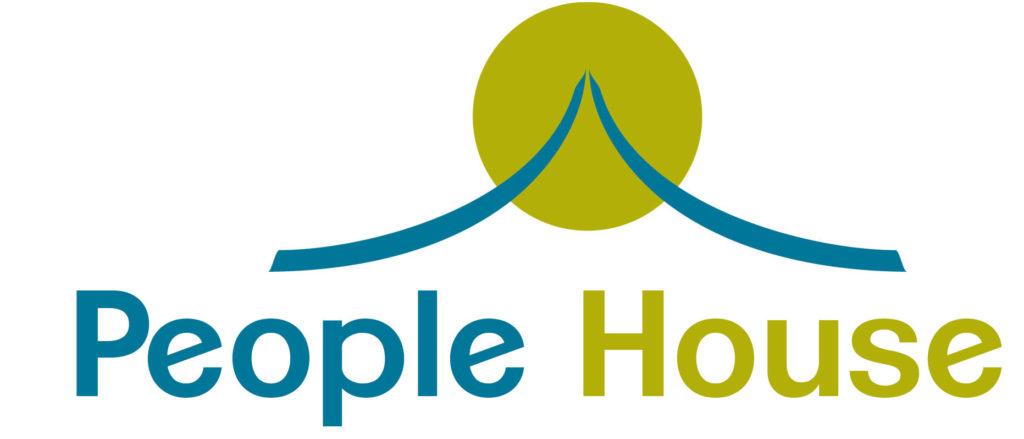Getting to know Pronouns and Gender Inclusive Language ll Stephanie Boulton, MA, LPCC

I highly recommend watching the Netflix documentary “Disclosure: Trans lives on screen,” if you haven’t already. It is directed by Laverne Cox, a transgender actress and activist, who acted in Orange is the New Black among other shows. All the people who speak in the documentary are transgender individuals and they examine how transgender people have been represented in the film and television industry until now.
I also listened to Laverne speak in an interview with Brene Brown, on Brene’s podcast “Unlocking Us” [June 17, 2020]. (also very highly recommended) Aside from just being incredibly eloquent, Laverne is just beautiful strong voice for transgender inclusion and transgender rights. One thing I found especially powerful is how she discusses how the more visibility and inclusion that transgender people face… the more push back they experience.
Transgender visibility is changing so quickly that it is hard to keep up. I help facilitate a Friends and Family of Transgender People support group and I regularly have conversations about those changes and how to adjust to the changing social landscape, especially with parents of teenagers. It is not because trans/gender non-conforming people are visible or that there is more acceptance that we are seeing more people identifying as such. They were always there it is just now they can find words, expression and community to validate and express their identity. And creating an inclusive space for gender expression, expansiveness, transgender people is so important to making this world a safe place for people to live their authentic selves.
In my experience, learning how to be inclusive and serious about using pronouns correctly is one of the most important ways we can support trans inclusivity. A lot of people ask me about how to approach someone and ask their pronouns. Or they feel really flustered if they mess up. Here are some very simple and very important tips for being gender inclusive.
- Before asking the other person, introduce yourself with your own pronouns. “Hi, I’m Steph. My pronouns are she/her/hers”. This does a whole lot to normalizing bringing pronouns into the conversation without putting someone else on the spot. It also sets the example and precedent that you cannot assume a person’s gender by looking at them, which is very important for creating a safe and inclusive space.
- Practice using they/them pronouns. Yes, people are still getting used to using they/them as a singular pronoun but get used to it, it’s not going away.
- When you mess up, correct yourself and move on. No need to make a big deal out of it, but the correction is essential.
- Make introducing your pronoun part of protocol when doing group introductions and ask people to put their pronouns on their name tags.
- And last but not least, it is simply “pronouns”, not “preferred pronouns”.
- Practice using gender neutral language like “Folx”, instead of “Guys”, “girls”.
There are many, many resources out there on How to be a Trans Ally. You just need to google it to find many more helpful resources and guides that will help explain all the complicated things about gender and gender terminology. You can also email me if you have questions or would like some resources.
Stephanie Boulton, MA LPCC (she/her/hers) is a counselor in private practice and is part of the People House Community. She also volunteers with Out Boulder County, co-facilitating a support group for Friends and Family of Transgender/Gender Non-Conforming People. Stephanie has a background working with a diversity of people in outdoor settings and draws from attachment theory, body-based and experiential therapies, as well as ecological and feminist approaches. Stephanie’s website can be found at www.soulterracounseling.com or you can email her at steph@soulterracounseling.com.
